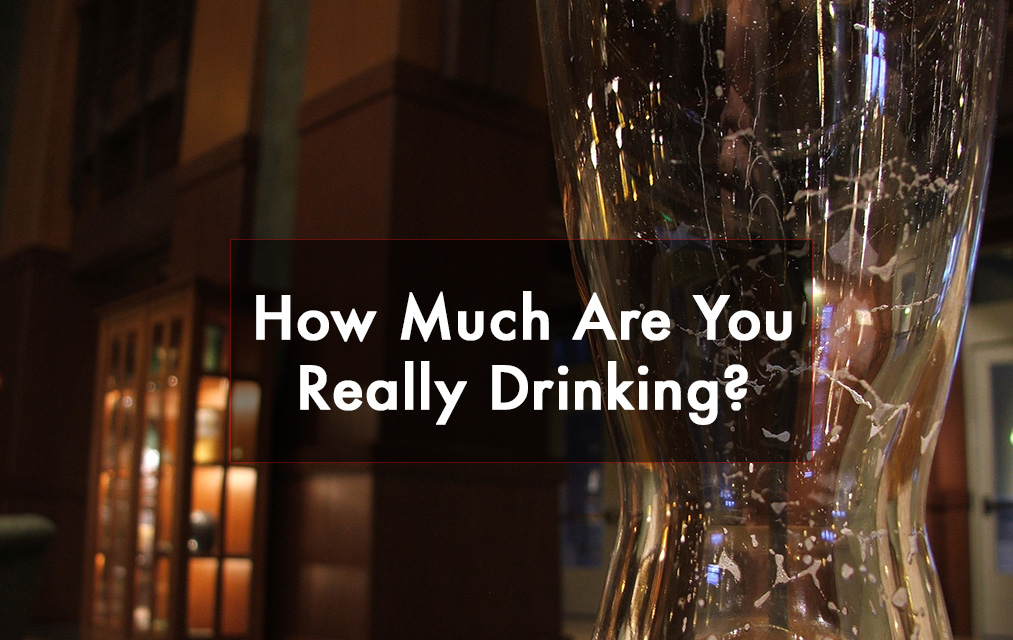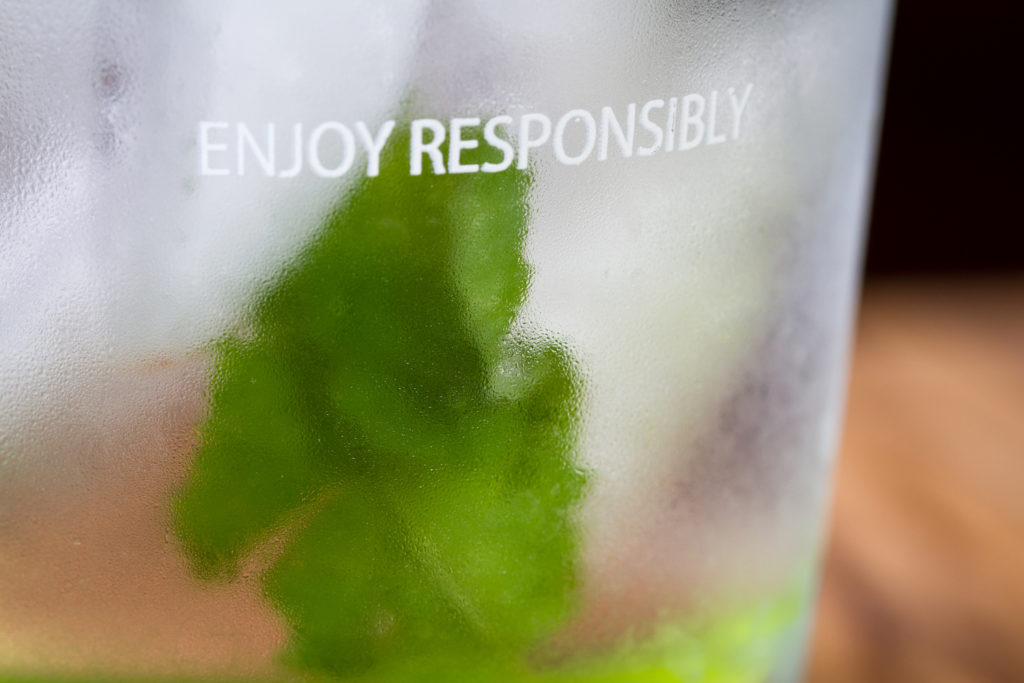How much are you really drinking?

This blog aims to help you understand the different types of alcohol and how much you drink.
If you look up alcohol consumption guidelines, they will tell you that a “drink” is 12 fluid ounces of beer, five fluid ounces of wine or 1.5 fluid ounces of 80-proof liquor like vodka or rum. But how do we know if every can of beer has the same amount? Is there more to learn?
Why do we have alcohol guidelines?
There are many reasons folks turn to alcoholic beverages; lately, those reasons appear insurmountable.
“Consuming alcohol as part of a balanced lifestyle can have its benefits,” says Amanda Berger, vice president of the Science & Health Distilled Spirits Council of the United States. However, she says that no one should be drinking alcohol to achieve a potential health benefit.
Berger says that researchers found that moderately consuming alcohol may be associated with some health benefits for adults. You’ve undoubtedly heard that drinking a glass of wine daily may combat cardiovascular disease, some types of stroke and diabetes, and some forms of cancer. However, let’s not forget that alcohol can pose many health risks.
Some individuals should NOT drink alcohol. But if you do, consume responsibly and moderately.
What are the official alcohol guidelines?
If you choose to drink, the 2020-2025 dietary guidelines for Americans include the following recommendations:
- Limit drink intake to two drinks or less in a day for men and one drink or less in a day for women.
- Drinking less is better for your health than drinking more.
- Some adults should not drink alcohol. Pregnant women, those under the legal drinking age, individuals with certain medical conditions, and individuals in recovery should not drink alcohol. And, don’t forget individuals who operate heavy machinery.
A common misconception is that some types of alcohol are better than others. However, according to the Centers for Disease Control and Prevention, the amount of alcohol trumps the type of alcohol.
“Whether it is in distilled spirits, wine or beer, the effects of ethanol (the pure alcohol that is in all beverage alcohol) on the body are the same,” Berger states.
Your doctor needs to know about your alcohol consumption. They can help determine the best plan of action for you based on risk factors, such as family history, genetics, and lifestyle.
Practice moderation
There is no beverage of moderation, according to experts. The practice of moderation is what is essential.
“The standard drink equivalents of distilled spirits, beer, and wine contain the same amount of the same pure alcohol, ethanol. There is no scientific, public safety, or public policy basis to differentiate between them – especially when some products, such as ready-to-drink beverages, may have the exact same alcohol by volume.”
Are men and women treated equally?
There is a reason why consumption guidelines make a difference between men and women, and it’s not solely about body weight. According to Berger, females have less water in their bodies. Therefore, if a female and male of the same size and weight drink the same amount of alcohol, the female will most likely reach a higher blood alcohol concentration.
Learn how to calculate your alcohol intake level
Just because you have only one drink by volume doesn’t mean you’re getting the same amount of alcohol. According to an article in U.S. News, calculating your percentage of alcohol by volume solves this problem.
One standard drink or “drink equivalent” contains 0.6 ounces of pure alcohol, according to 2020-2025 U.S. dietary guidelines.
Here are examples of 0.6 ounces of pure alcohol (considered one standard drink):
- 12 fluid ounces of beer (5% ABV).
- 5 fluid ounces of wine (12% ABV).
- 1.5 fluid ounces of 80-proof distilled spirits (40% ABV).
- 12 fluid ounces of a canned, ready-to-drink beverage (5% ABV).

Many alcoholic beverages now have more than the standard ABV (or alcohol by volume) percentage listed above. A 16-ounce beer bottle with eight percent ABV equates to 2.13 standard drinks. One “drink” is more like two and then some.
The good news is you don’t need to do the math every time. The Distilled Spirits Council of the United States (DISCUS) created a calculator. Enter the volume (mL) and alcohol by volume (% ABV or “proof”), and voila!
What have we learned?
Drinking in moderation is a good idea if you drink, but know your alcohol percentage by volume. It could make the difference in truly controlling intake and its results. Drink responsibly.
ThinkBeforeYouSleep.Com exists not to dampen people’s fun but rather to raise awareness and educate young people on the importance of having fun safely. To learn more, click here.

